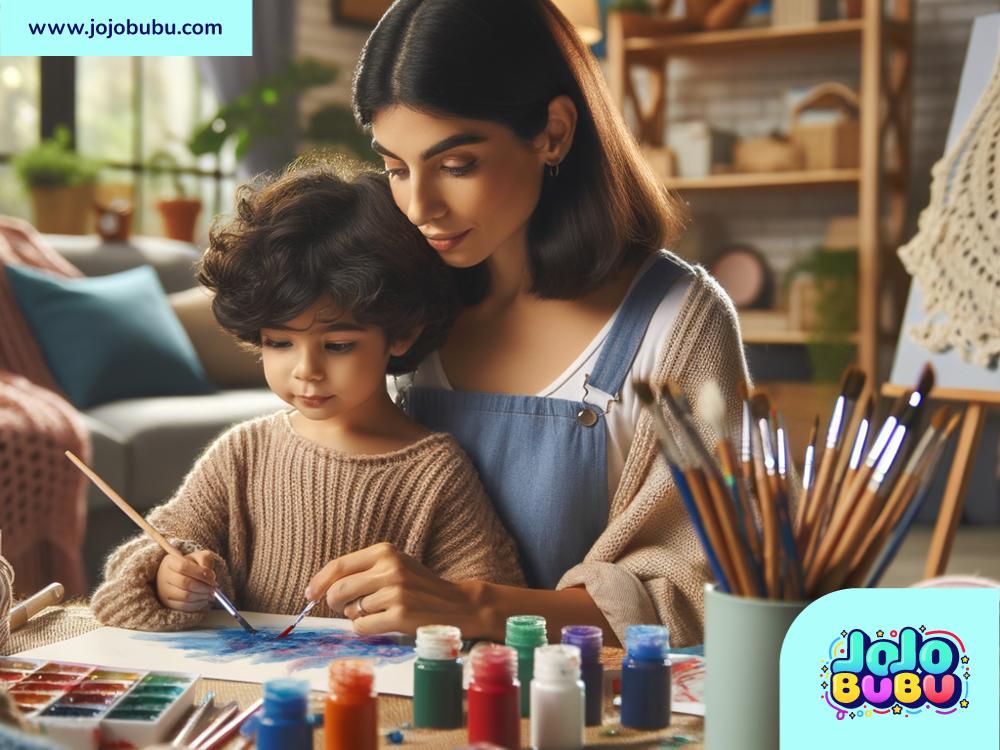Pursuing Creative Outlets for Stress Relief: A Simple Guide to Feeling Better
Life can sometimes feel overwhelming. Work deadlines, family commitments, and juggling responsibilities can leave us feeling stressed out. Stress is a normal part of life, but too much of it can take a toll on our mental and physical health. That’s why finding ways to relax and recharge is so important. Many people find that pursuing creative outlets—activities like painting, dancing, gardening, or writing—is an excellent way to relieve stress and boost their mood.
If you’ve ever doodled in a notebook, cooked a delicious meal, or hummed a favorite tune, you’ve already experienced the calming power of creativity. Creative activities allow us to express ourselves, focus on something positive, and take a break from life’s worries. In this blog post, we’re going to explore how different types of creative hobbies can reduce stress and help you feel better.
Why Creativity Helps Relieve Stress
Creativity taps into a part of your brain that allows you to focus on the present moment. When you’re engrossed in sketching, knitting, or playing music, your thoughts are centered on what you’re doing rather than on your problems. This can be incredibly soothing, especially during stressful periods.
Scientific studies have shown that engaging in creative activities can reduce levels of cortisol—the hormone linked to stress. These activities also encourage the release of "feel-good" chemicals in the brain, like dopamine and endorphins, improving your mood. Creativity helps you get into a state called "flow," where you lose track of time and feel deeply immersed in an enjoyable task. This state is a stress reliever in itself.
Easy Creative Outlets to Try
Everyone is creative in their own way. You don’t need to be an artist or have professional skills to enjoy creative hobbies. Here are some simple creative activities that can help you relax:
1. Drawing or Painting
Drawing and painting are great ways to let your emotions out. You don’t need fancy supplies to start—just grab a pencil, paper, or some inexpensive paints and let your imagination take over. Even if you’re not trying to create a masterpiece, the act of putting color or shapes on paper can be soothing.
2. Writing or Journaling
Writing is a wonderful outlet for stress. Try journaling, where you write down your thoughts, feelings, or experiences. Some people find writing poetry or short stories to be incredibly fulfilling. Writing can help you process emotions and gain clarity during challenging times.
3. Gardening
Spending time with plants has a calming effect. Planting flowers, vegetables, or herbs can be a relaxing way to connect with nature. Even if you don’t have a big backyard, you can grow a few potted plants indoors or on a balcony.
4. Crafting
Making things with your hands—like knitting, sewing, or creating DIY decorations—can help you feel accomplished and focused. You don’t have to spend a lot of money on materials; many crafts can be done with items you already have at home.
5. Music and Dance
Music has a unique ability to lift our spirits. Try playing an instrument, singing your favorite songs, or even dancing around your living room. Moving your body to music is not only fun but also a great way to release tension.
6. Cooking or Baking
Making a meal or baking treats can be a creative outlet, too. Experiment with new recipes or try decorating cookies or cakes. The best part? You get to enjoy the delicious results when you're done!
Finding the Right Creative Outlet for You
Not every creative activity will appeal to everyone, and that’s okay. The key is to find something that feels enjoyable and relaxing. Don’t worry about being "perfect" or creating something amazing—this isn’t supposed to add pressure! The goal is to have fun, de-stress, and give yourself a break.
Here are some tips for finding your ideal creative outlet:
- Try different things: Experiment with a few activities to see what you enjoy most. If painting feels frustrating, try writing or dancing instead.
- Start small: Commit to just 10–15 minutes a day. You don’t need a huge block of time to benefit from creativity.
- Focus on the process, not the result: It doesn’t matter how "good" your work is. Let go of self-criticism and enjoy the act of creating.
Making Creativity Part of Your Routine
Everyone gets busy, and it can be hard to find time for hobbies. However, making time for creativity is an investment in your well-being. Incorporate creative activities into your daily or weekly routine. Treat them as "me time" and prioritize them like any other healthy habit.
For example, you could:
- Start your day with 10 minutes of journaling.
- End your evening with relaxing sketching or coloring.
- Dedicate a weekend morning to gardening or crafting.
Remember, pursuing creative outlets isn’t just about relieving stress—it’s about bringing more joy and positivity into your life.
Conclusion: Finding Peace Through Creativity
In today’s fast-paced world, stress is unavoidable. However, you don’t have to let it control your life. Pursuing creative hobbies is a simple, effective way to relax and recharge. Whether you choose to paint, write, dance, or garden, embracing creativity can boost your mood, bring you peace, and even improve your overall health.
So grab a paintbrush, start a journal, or play your favorite song. It doesn’t matter what you do—just take a moment for yourself and let creativity work its magic. You deserve it!

